2020 Yamaha R1 Review – Part 1
Yamaha YZF-R1 Test by Vicko – Images by TBG
Having ridden the outgoing R1 last year I had a good idea of what I was in for, but was still shaking my head a few days after riding the new 2020 Yamaha YZF-R1. It’s a far more well rounded rocket than last year’s number.
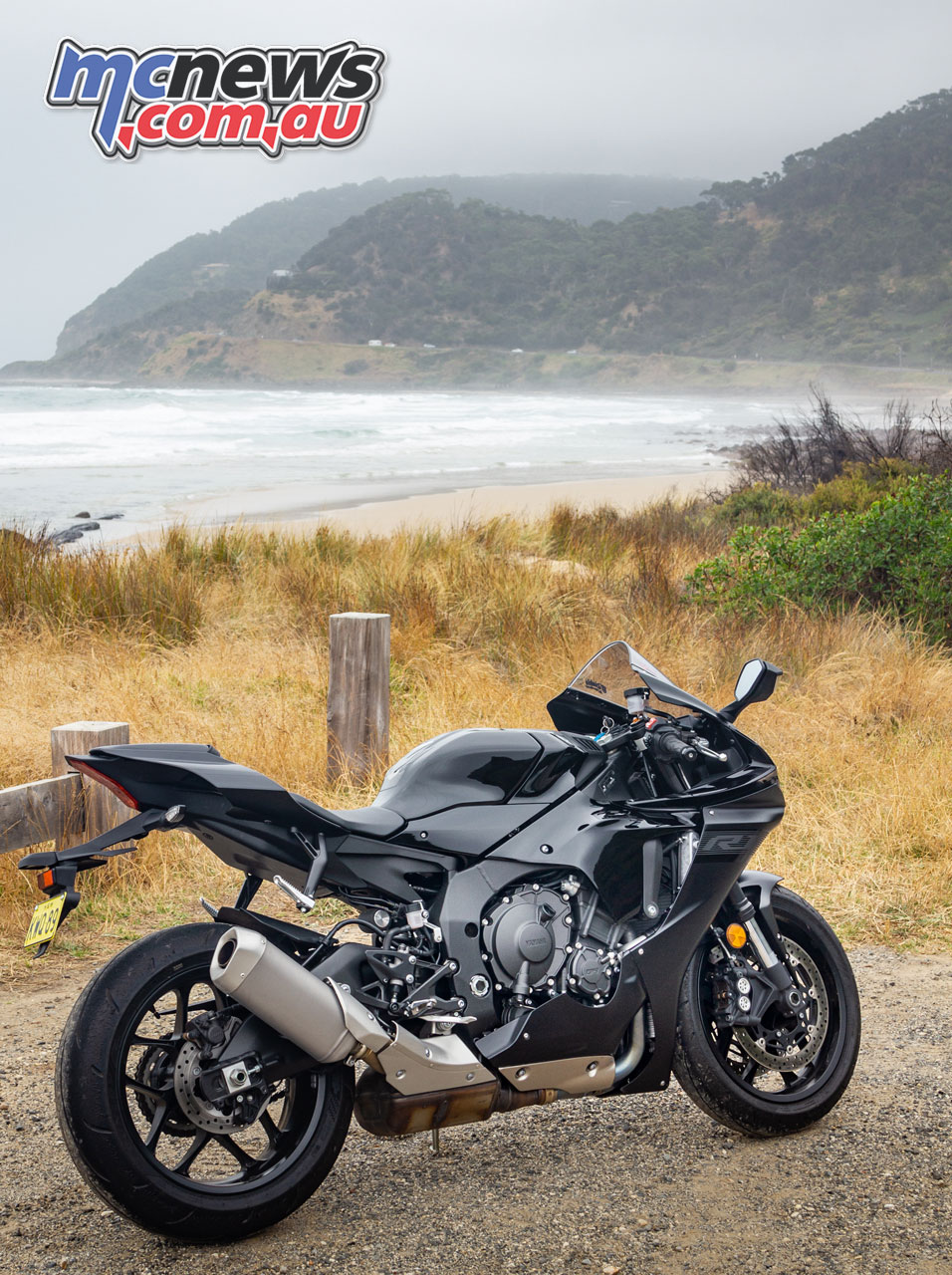
The words “Spinal Tap’ come to mind. Not because you’ll end up in back pain (though it’s a seriously focused riding position), but because it goes all the way to 11, in almost every aspect. It really is ‘even more’ than last year – everywhere. Engine, suspension, brakes, the lot.
I’ve mentioned how focused modern sports bikes are these days before, but if you want a hint of just what I’m talking about? The dash doesn’t include a fuel gauge. Or a distance to empty meter. 20 km’s after picking it up I was looking to check if it was full of fuel.. And there was no way to tell without stopping and popping the lid. Yep. It makes some concessions to everyday usability. And gives very few shits about trivial mortal things like how much fuel you have left. Sort that stuff out before you ride, human.
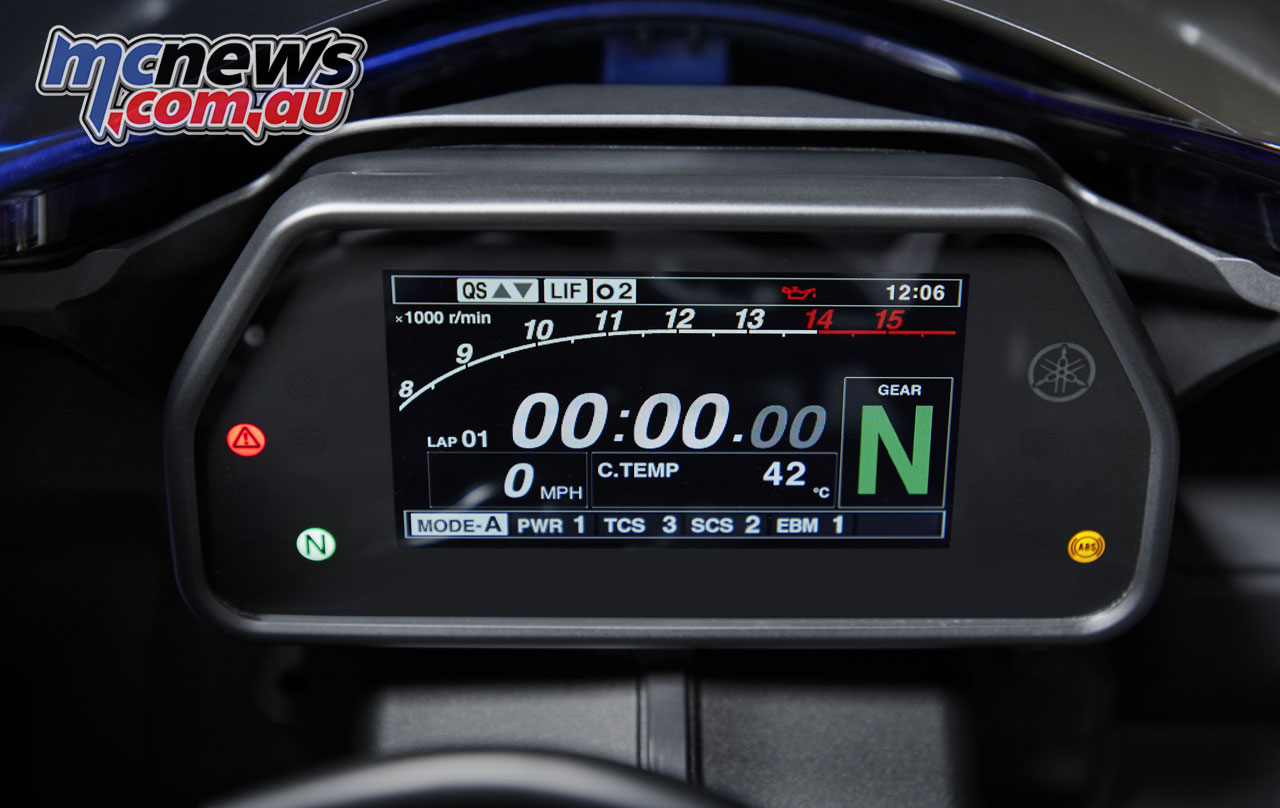
But back to the all the way to 11 thing. I’d very much underestimated just how much more punch the full tune on the new R1 has on the MT-10 SP I’d just stepped off. Yamaha have done quite a bit under the fairings on this update, even if – from the 10 metre check – it looks pretty similar to the outgoing model. Those updates include new cylinder heads, injectors, cam profile and fly by wire throttle.
Just as importantly they’ve made some important changes to the oil lubrication around the crankshaft and improved cooling on exhaust ports to beef up longevity under hard-core racing conditions. Interestingly the improved oil distribution alone frees up five hp at high revs apparently. The net result is dribblingly good – it spins up SO damn fast and pulls SO hard that I found myself over blipping downshifts and just generally muttering expletives multiple times each ride for several days after picking it up.
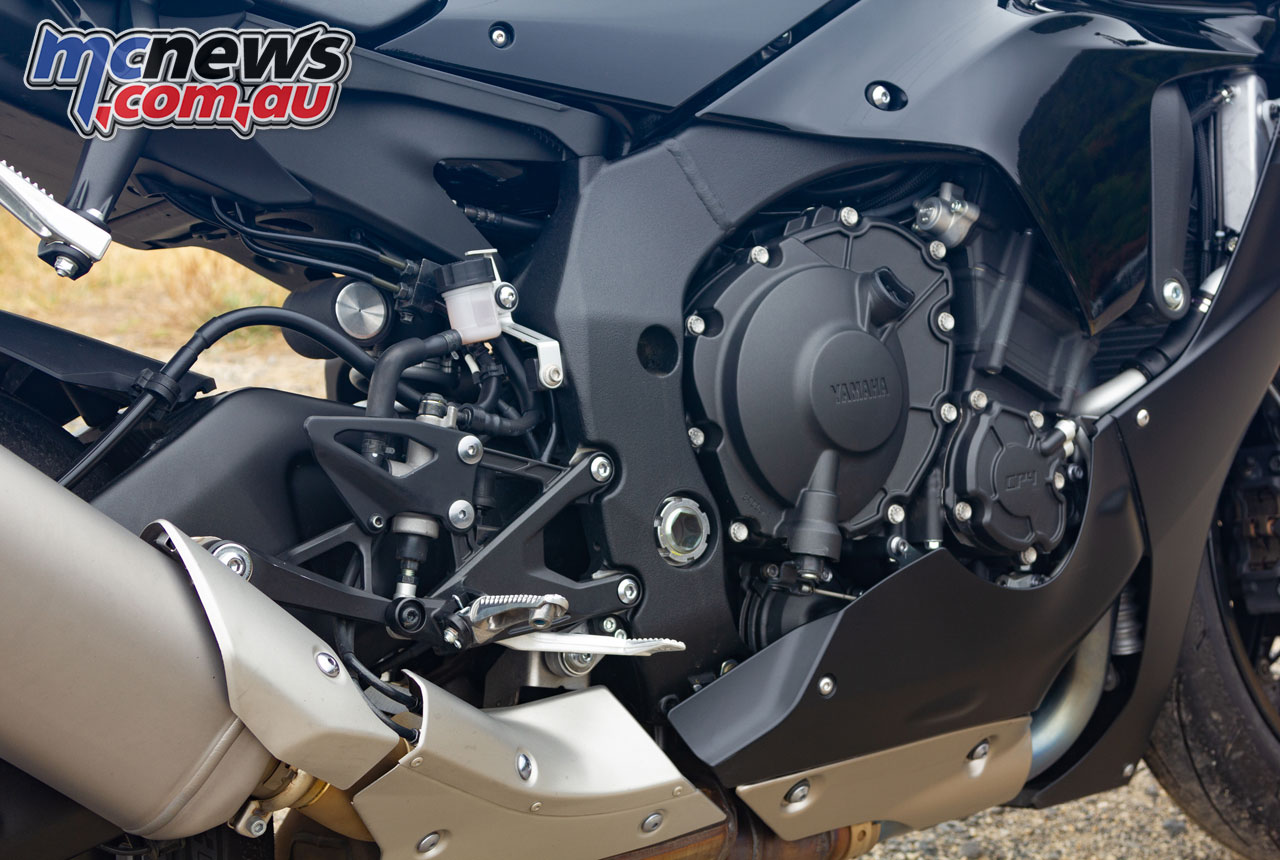
It sounds like a proper high-comp race engine too, especially on start-up where for the first few seconds it has an even more lumpy idle than usual before settling into a ‘normal’ idle. It’s not grumpy like a race engine though. Far from it, its fuelling is spot on to cruise around at low revs. But give the bike it’s head… sweet mother of god… Feeding it gears under full throttle is downright eargasmic. Even if the new muffler is supposed to be a little quieter (for shame Yamaha, for shame – we want more noise – more, more, more!). But have it pinned past 11 grand and it goes to another level of banshee. The reality is that I rarely found myself needing to get to 11 on the road with such a prodigious mid-range. On the track was another story however…
And there is some updated tech to play with too – and thankfully they’re able to be tweaked on the go with relative ease. Four preset ‘modes’ that are all adjustable, allowing you to play with Power (PWR), Traction Control (TCS), Slide Control (SCS) and Engine Braking (EBM) on the go. Initially I admit that I felt like a bit of a blouse dropping back to PWR mode 2, but it’s just too aggressive for everyday road riding.
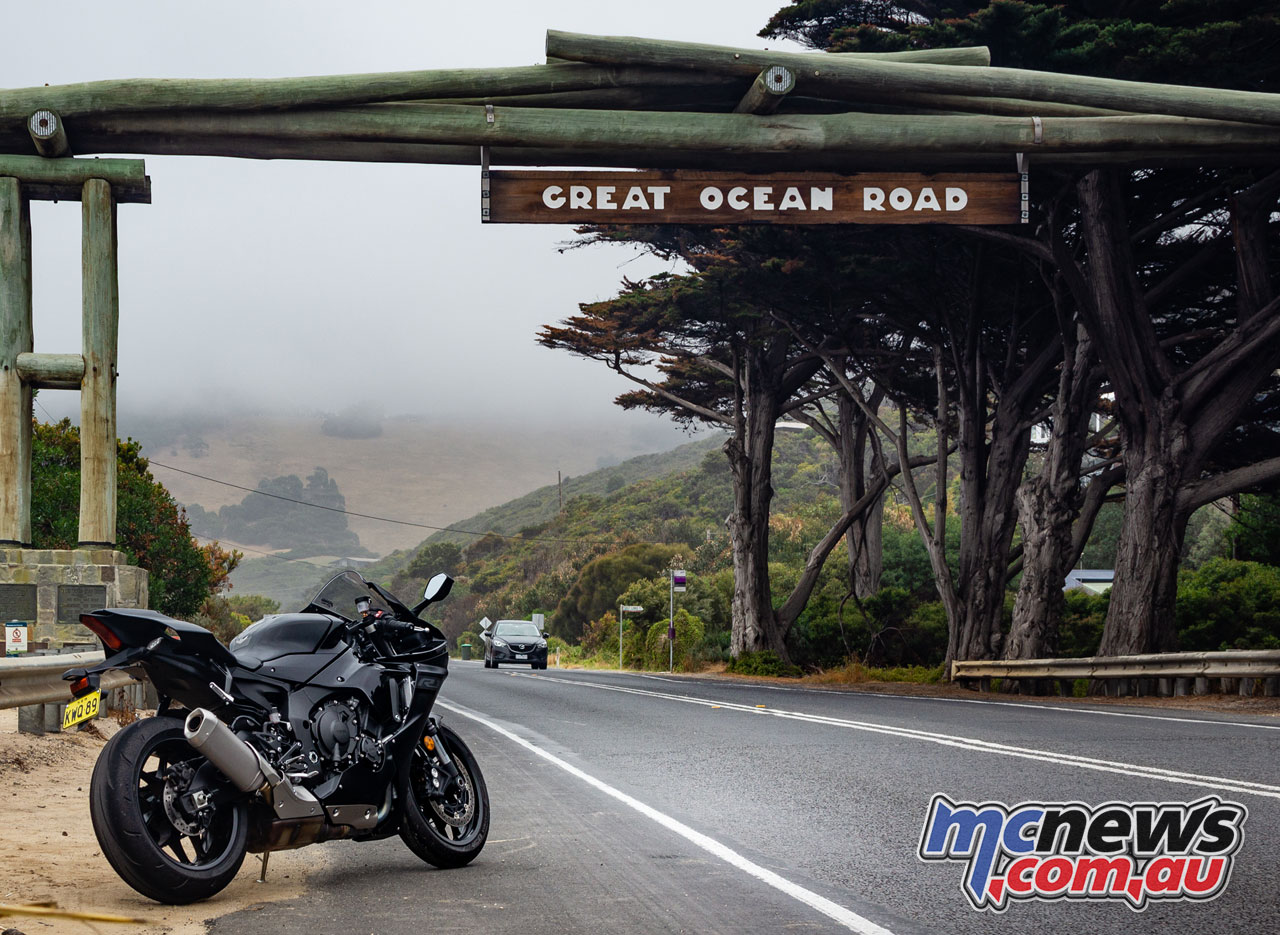
Yamaha’s own R1 owners manual describes mode 1 as ‘suitable for track riding’ mode 2 as ‘soft track riding setting’, mode 3 as ‘suitable for road use’ and yes mode 4 is ‘street or rain’… And on the road the difference between mode 1 and 2 is fairly linear across the whole range and just takes the abrupt edge off throttle openings, whereas mode 3 is more noticeably softer again in the mid range. If I was stepping up to a big bike for the first time – or a returning rider – I’d probably start with mode 3 and work my way back up to 2. I’d have to wait to get onto the track to play with the traction control and slide control settings properly… more on that later.
Suspension wise there’s new KYB forks and shock, that at first sample on factory settings seemed overly firm coming off the MT-10, but they actually soak up reasonably large road hits very well, so I left them alone while my head still got used to everything else. It was the right call. As come the twisties, they were sublime. A notable step up from last year according to my buttometer.
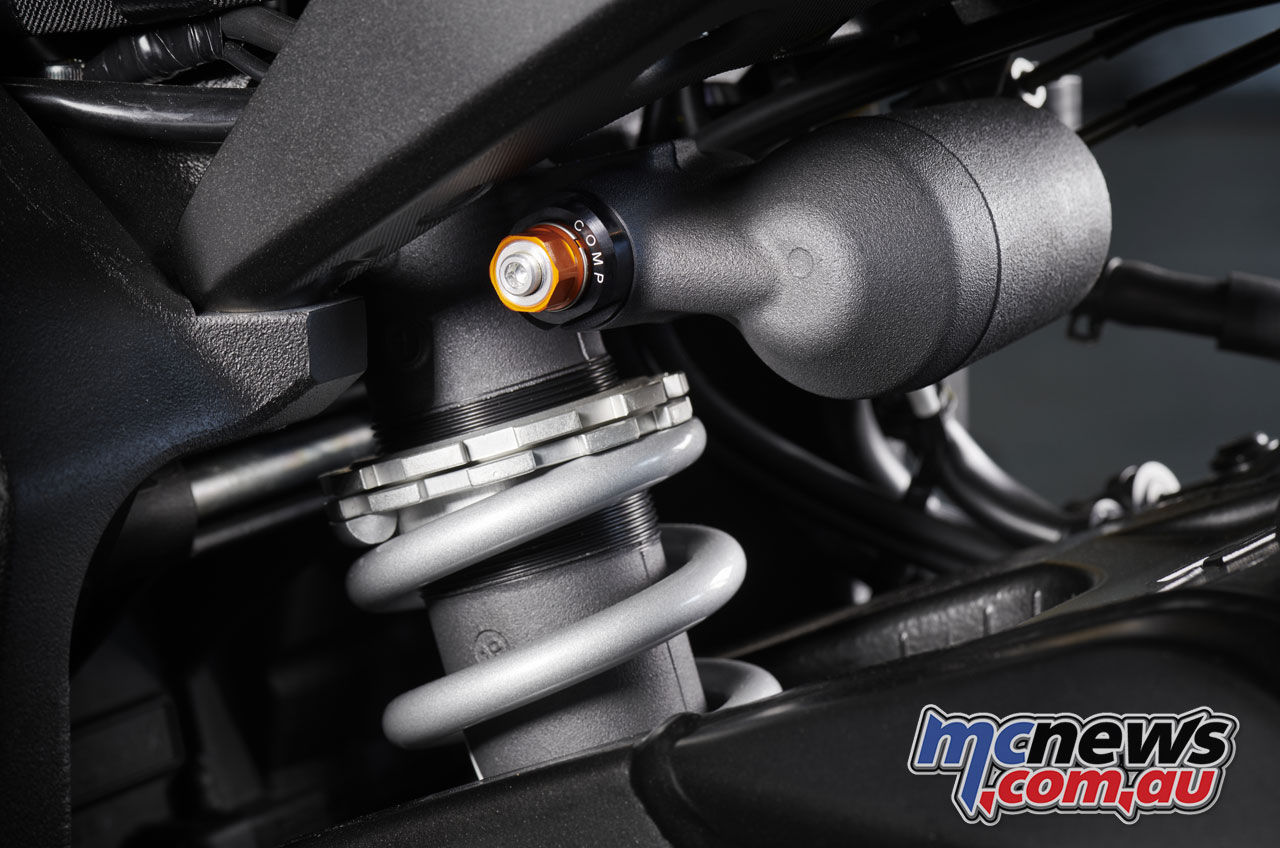
Excellent feel, especially on the front end, which now feels impossibly planted to the road. No doubt helped by the amazing anti-wheelie system – LIF, which can be dialled back from 3 (you won’t get the front more than an inch off the deck) back through 2 and 1, then OFF. And no, you don’t feel it doing its thing. It just produces maximum forward progress. Makes my head hurt just thinking about how quickly these systems have to respond to inputs to work this well.
Braking is the other major improvement. Gone are the previous model’s linked system – which I didn’t mind actually – replaced with a new Brake Control System with two settings – 1 for track work and 2 for everything else. It also has new pads that feel stronger both in initial bite and power while still having excellent feel.
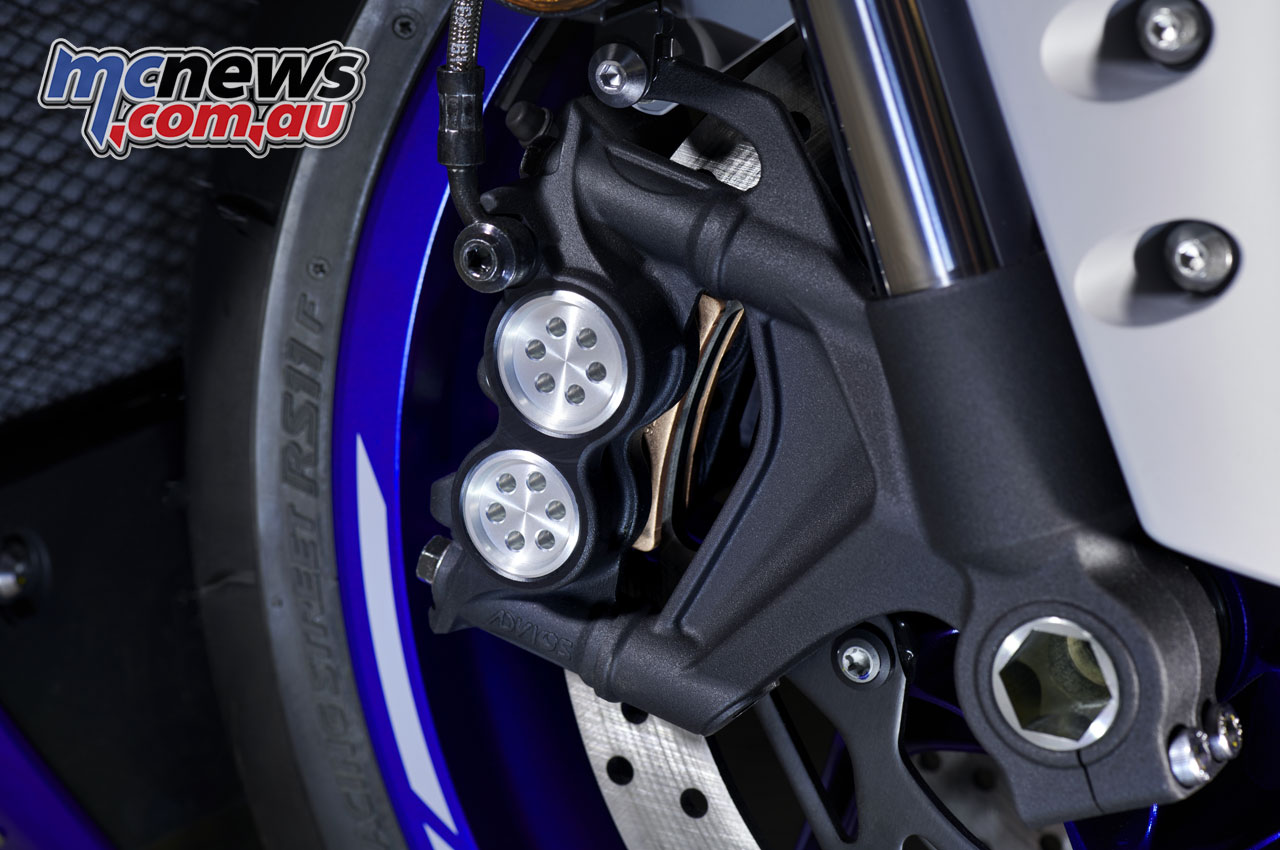
So what’s it all add up to on the road by comparison to last year? A noticeably better bike in the real world. The new suspenders make the biggest difference on the road, soaking up general road ripples, bumps and potholes much better than last year’s YZF-R1. And to my mind they gave even better feel in the twisties too. Somehow it’s all added up to a bike that is an even better real world proposition – and its quicker as well. Bravo Yamaha.
But this isn’t where the story ends on this one. Trev organised for me to spend a day at Phillip Island to get even more intimate with it. Read about that in Part 2 (link)…
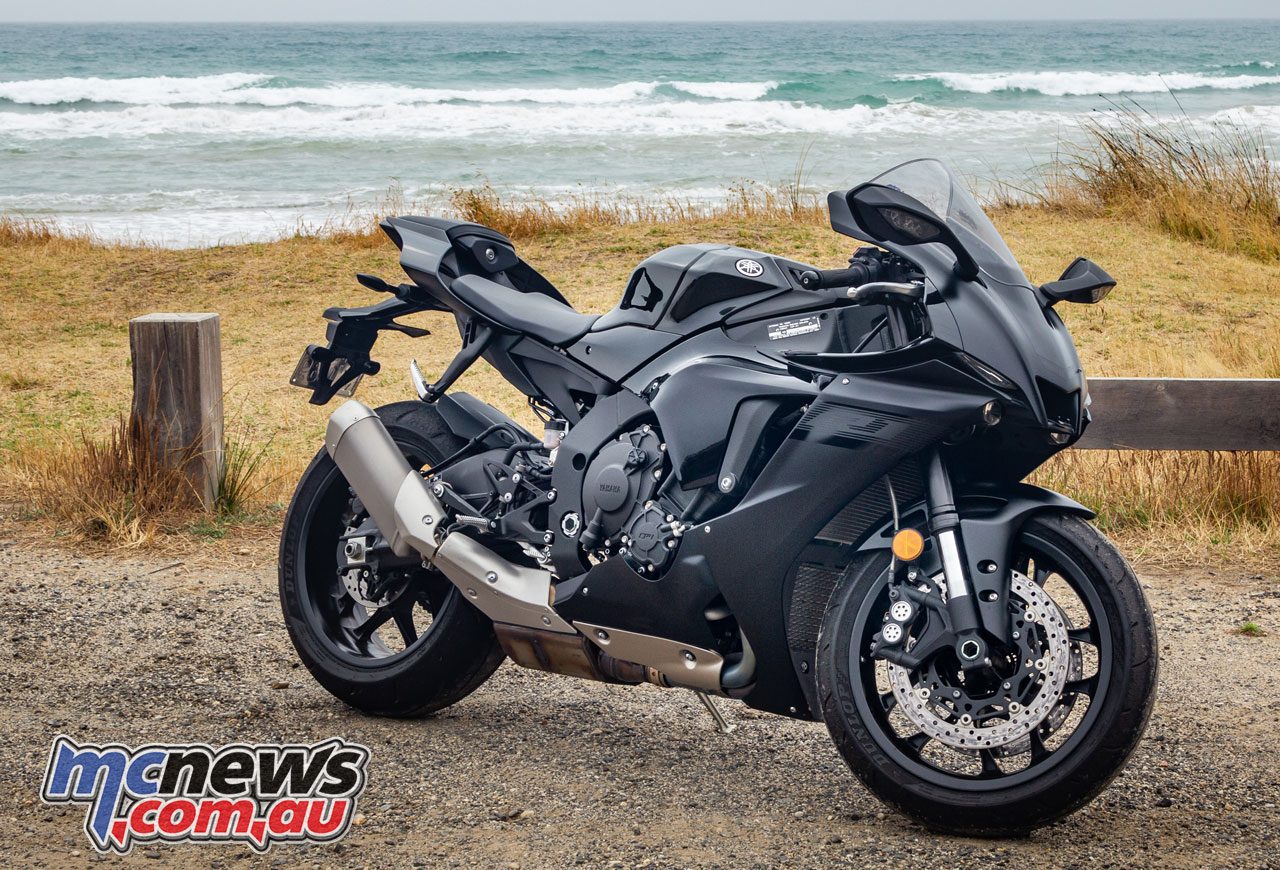
| Why I like it |
| – Feels like a better road proposition than the last model. |
| – That R1 crossplane engine at full tune. Other-wordly. |
| – New KYBs noticeably better on the road. |
| – Electronics even more refined. |
| – If I still did track days this would be at the top of the list. |
| I’d like it more if |
| – Not a fan of the scroll wheel controller and screen interface |
| – A fuel gauge might be nice… |
| – Umm? |
2020 Yamaha YZF-R1 Specifications

| Engine | |
| Engine type | 4-cylinder, liquid cooled, in-line, 4-stroke, DOHC, 4-valve |
| Displacement | 998 cc |
| Bore x stroke | 79.0 mm x 50.9 mm |
| Compression ratio | 13.0 : 1 |
| Maximum power | 147.1 kW (200.0 PS) @ 13,500 rpm |
| Maximum torque | 113.3 Nm (11.6 kg-m) @ 11,500 rpm |
| Lubrication system | Wet sump |
| Starter system | Electric |
| Clutch type | Wet, multiple-disc |
| Fuel delivery | Fuel Injection |
| Ignition system | TCI |
| Transmission system | Constant mesh, 6-speed |
| Final transmission | Chain |
| Chassis | |
| Frame | Diamond |
| Front suspension system | Telescopic fork |
| Front travel | 120 mm |
| Caster angle | 24.0° |
| Trail | 102 mm |
| Rear suspension system | Swingarm (link suspension) |
| Rear travel | 120 mm |
| Front brake | Hydraulic single disc, Ø320 mm |
| Rear brake | Hydraulic single disc, Ø220 mm |
| Front tyres | 120/70ZR17M/C (58W) Tubeless |
| Rear tyre | 190/55ZR17M/C (75W) Tubeless |
| Dimensions | |
| Overall length | 2,055 mm |
| Overall width | 690 mm |
| Overall height | 1,165 mm |
| Seat height | 855 mm |
| Wheelbase | 1,405 mm |
| Min. ground clearance | 130 mm |
| Wet weight (including full oil and fuel tank) | 201 kg |
| Fuel tank capacity | 17.0 litres |
| Oil tank capacity | 4.9 litres |
| Price | $26,399 Ride Away |























